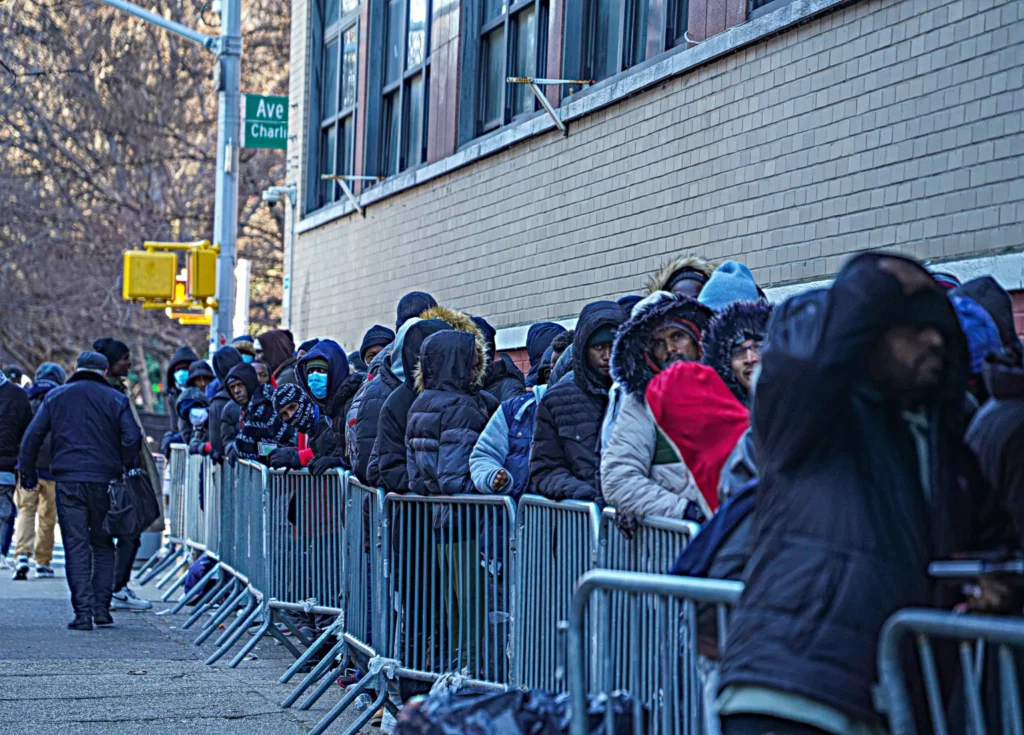New York City is witnessing a steady rise in mpox cases, with recent data showing an upward trend in reported infections across multiple boroughs. Health officials are urging residents to remain alert and take preventive measures to limit the virus’s spread.
The New York City Department of Health and Mental Hygiene (DOHMH) has confirmed that both confirmed and probable mpox cases have increased over the past several weeks. Officials emphasize that prompt detection, vaccination, and awareness are key to controlling the outbreak.
Mpox, a viral disease related to smallpox, can spread through close personal contact, including skin-to-skin contact, shared clothing, or contaminated surfaces. Symptoms typically include fever, rash, and swollen lymph nodes, and can appear within 5 to 21 days after exposure.
Healthcare providers in the city are advised to remain vigilant for potential cases and to offer testing and treatment to individuals showing symptoms. Early detection is critical to prevent further transmission, particularly in densely populated areas of the city.
Vaccination campaigns are ongoing in response to the rising cases. Targeted efforts focus on individuals at higher risk of exposure, including those with multiple sexual partners and communities previously affected by mpox outbreaks. Officials encourage eligible residents to receive the vaccine to reduce infection risk.
Public health authorities are also reinforcing education and awareness programs. Flyers, online campaigns, and community outreach initiatives aim to inform residents about symptoms, preventive measures, and where to access testing and vaccination.
Officials note that while mpox is generally less severe than other viral infections, it can lead to complications if untreated. Those with weakened immune systems or underlying health conditions are considered at higher risk and should take additional precautions.
Hospitals and clinics in New York City are preparing to manage the potential rise in mpox cases. Protocols include isolation for confirmed cases, use of protective equipment by healthcare staff, and clear communication with patients and the public to reduce anxiety and misinformation.
The rising numbers have prompted discussions about behavioral precautions. Health experts recommend avoiding close physical contact with symptomatic individuals, practicing good hygiene, and monitoring for symptoms after potential exposure.
Community organizations and advocacy groups are assisting health authorities by disseminating accurate information, offering support for affected individuals, and helping coordinate vaccination events. Their involvement is crucial for reaching communities most impacted by the outbreak.
Officials stress that the situation is manageable with coordinated public health responses. Testing, vaccination, and awareness campaigns remain the most effective tools to slow transmission and protect vulnerable populations.
Data indicates that the increase in cases is concentrated in certain neighborhoods and social networks, but citywide vigilance is essential. Public health authorities are closely monitoring trends and updating guidance as new information becomes available.
Residents are urged to consult healthcare providers promptly if they develop symptoms or believe they may have been exposed. Testing is widely available, and early intervention can help prevent complications and limit further spread.
The DOHMH continues to work with federal agencies, hospitals, and community partners to track cases, distribute vaccines, and ensure the public has accurate and timely information. These coordinated efforts aim to prevent a larger outbreak and protect the city’s population.
In summary, mpox cases in New York City are climbing, and public health officials are calling for proactive measures. Vaccination, testing, and public awareness are critical to reducing transmission and protecting both high-risk groups and the wider community.



